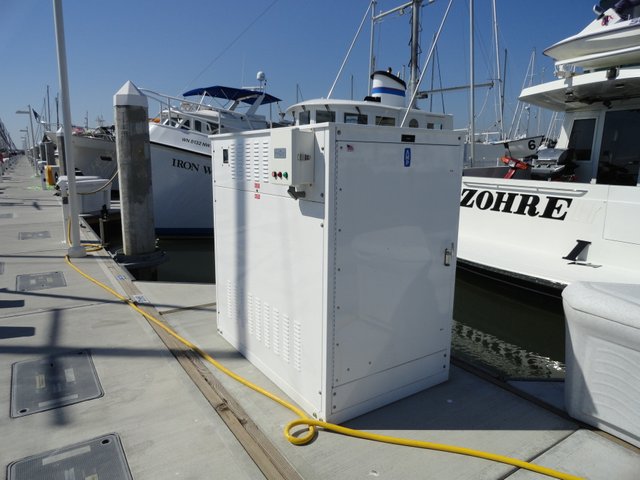
As your home far from home, your RV has a considerable lot of the cutting edge comforts that you've turned out to be acclimated with. This incorporates loads of electrical machines and gadgets.
In the event that you intend to utilize your RV all the time (and particularly in case you will live in one full time), it's entirely essential to have a fundamental comprehension of your RV's electrical framework and how a portion of its significant parts work.
We understand that most of RVers are not electrical designers, so we won't get excessively specialized (for example you won't figure out how to rework your whole RV). In any case, we will give you some benchmark learning and vocabulary so you can comprehend what's new with the majority of your batteries, boards, wires, and links. Peruse on.
Initial, a Simple Lesson on Electricity
Regardless of whether you're in a RV or your home, you will never approach a boundless measure of electrical power. Along these lines, it's a smart thought to audit an equation you learned in secondary school yet have most likely since a long time ago overlooked. Watts, or generally speaking force, is a result of current, or amps, and voltage. As a condition, it's composed as: watts = amps x volts, or W = A x V. On the off chance that you need to know what number of various electrical gadgets you can have on at one time in your RV (or in your home, besides), this equation will let you know. For whatever length of time that you remain under the measure of accessible wattage, your circuits will run easily. Surpass your accessible wattage, and you'll trip your RV electrical framework's circuit.
One RV, Two Electrical Systems
Your RV has a 12 volt electrical framework and a 120 volt framework. The 12 volt framework is fueled by a battery (or sometimes, different batteries), and it powers things, for example, the start-up on your water warmer, heater, and fridge, in addition to a large portion of the lights in your RV's living space, your water siphon, your carbon monoxide identifier, and various different things. The 120 volt framework is controlled by a RV electrical hookup plug or a generator, and it controls every day use things like kitchen machines, your TV, and other electrical apparatuses.
The Low Down on Batteries
Your RV's 12 volt framework needs a sum of (you got it) 12 volts. This can be accomplished with a solitary 12 volt battery or a few 12 volt batteries wired together in a parallel circuit. Be that as it may, utilizing two 6 volt batteries wired together in an arrangement circuit (to basically make a 12 volt battery) is commonly superior to utilizing a solitary 12 volt battery. This design will ordinarily give you an any longer battery life, or what's alluded to as a more profound release time. The exchange off for utilizing two 6 volt batteries is that two batteries occupy more room than one. Notwithstanding, that exchange off might be justified, despite all the trouble if your outdoors needs necessitate that all-inclusive battery life.
When you're connected to a campground RV power pedestal (or any power source), your 12 volt battery (or batteries) consequently charges. In case you're boondocking or dry outdoors, and not connected, you can utilize your batteries to control whatever keeps running off 12 volt. Adding an inverter to the blend will change over the 12 volt battery's immediate flow to a 120 volt substituting flow so you can control machines that need 120 volts and utilize your vehicles electrical outlets. It's great to realize how much release time you have, since your RV's 12 volt framework, similar to all batteries, will inevitably come up short on juice and should be revived.
30 Amp or 50 Amp?
Practically all RVs accompany a power string to connect to the electrical pedestal at a campground (campgrounds with accessible hookups, in any case). They come in two amperages: 30 amp and 50 amp. A 30 amp rope has three prongs, and a 50 amp has four. Clearly, on the off chance that you have a 50 amp hookup, you can utilize significantly more electricity at one time than you could on the off chance that you have only a 30 amp hookup. *Remember to allude to the electricity recipe toward the start of this post for the amount more power you have.
While numerous campgrounds do have RV electrical snare ups for both 50 amp and 30 amp ropes, a few campgrounds have just 30 amp hookups accessible. In this manner, it's a smart thought to put $20 or so in a 50 amp to 30 amp connector. Remember that in case you're adjusting your amperage down to 30, you won't most likely use as much electricity as you would have in the event that you were connected at 50. Additionally, you need to utilize the most brief connector and electrical strings conceivable to maintain a strategic distance from a voltage drop. Additionally, while a RV with 50amp limit can be adjusted to utilize a 30amp string, a RV with just 30amp limit can never be adjusted to utilize a 50amp string.